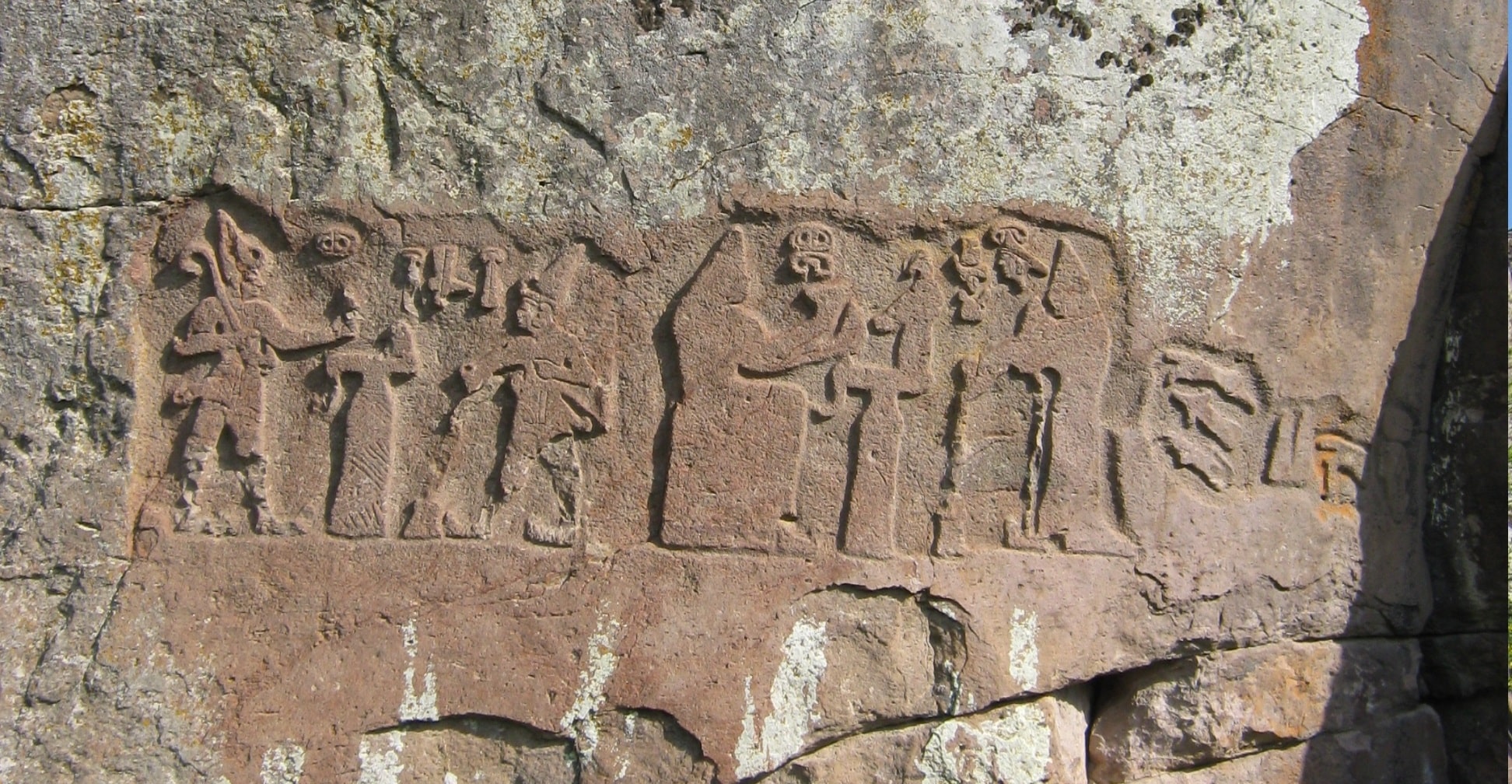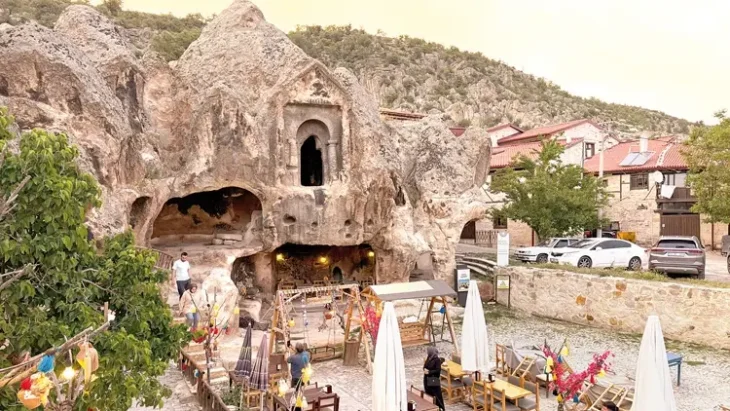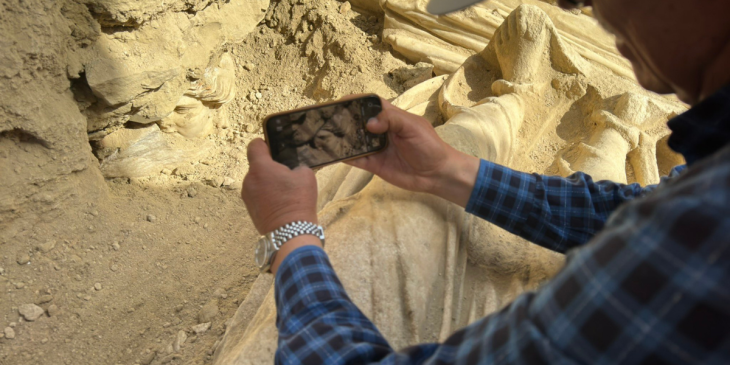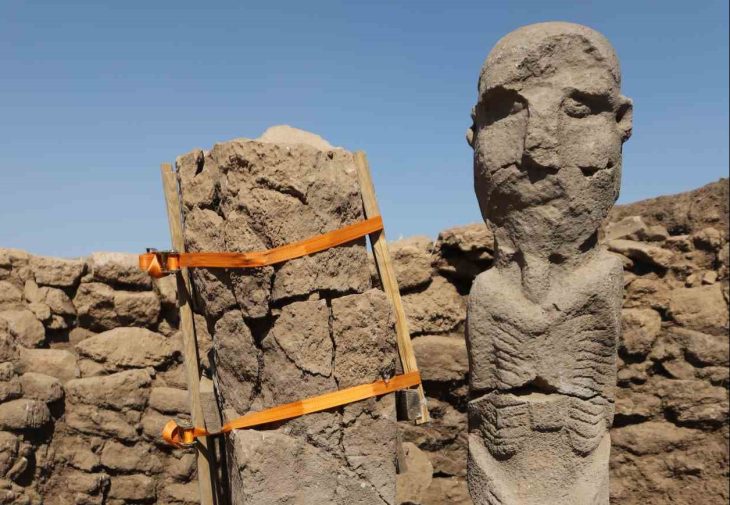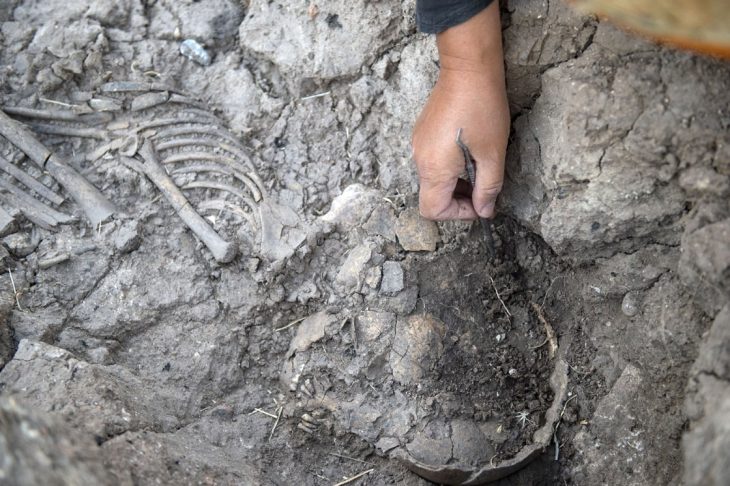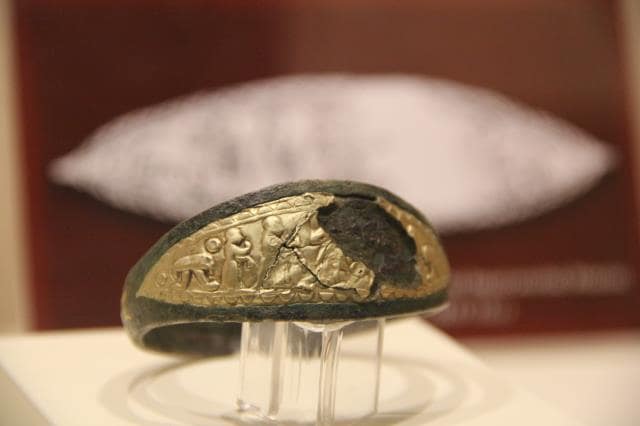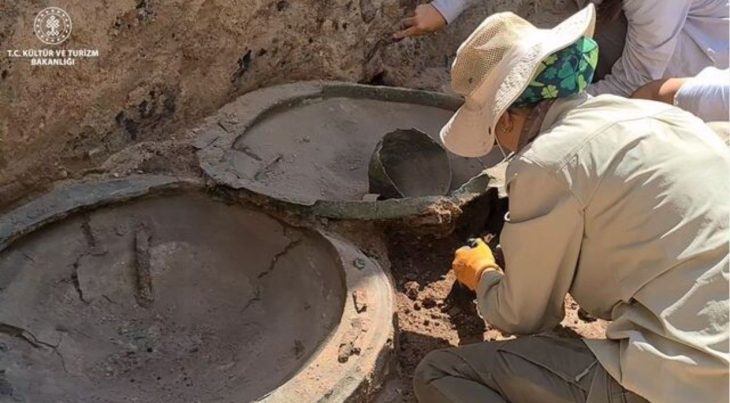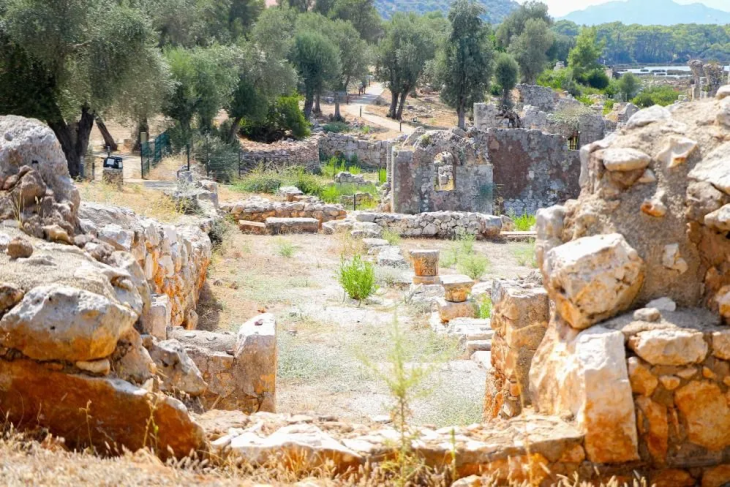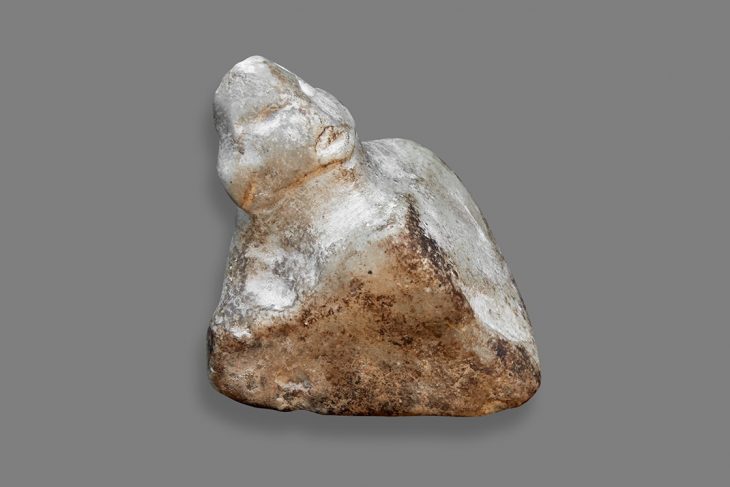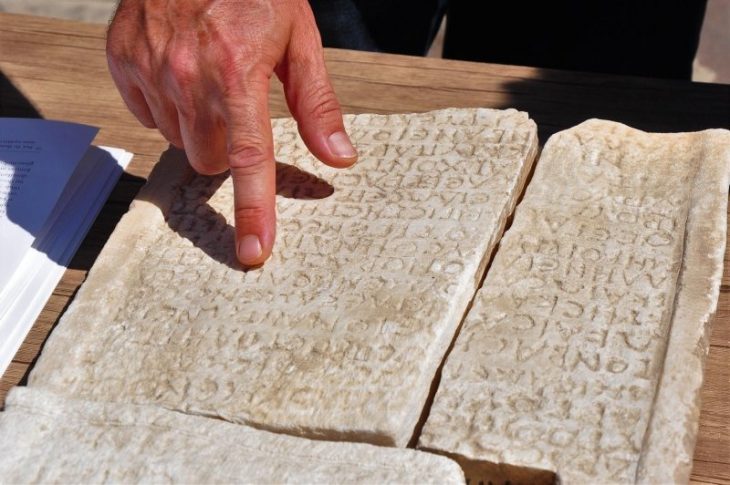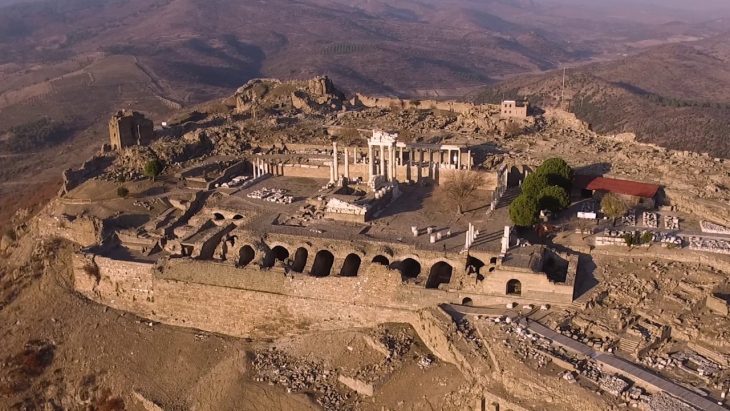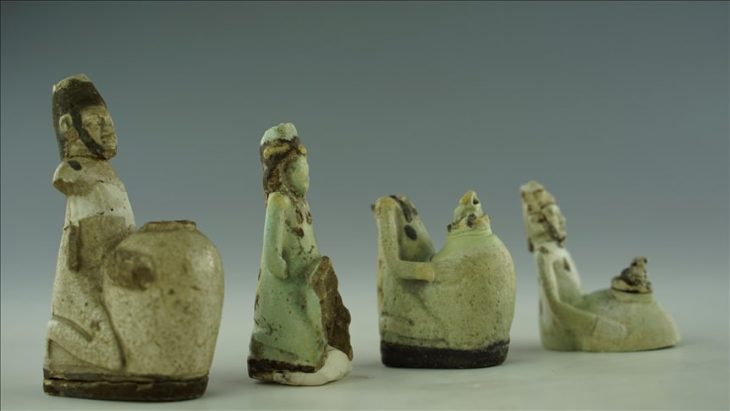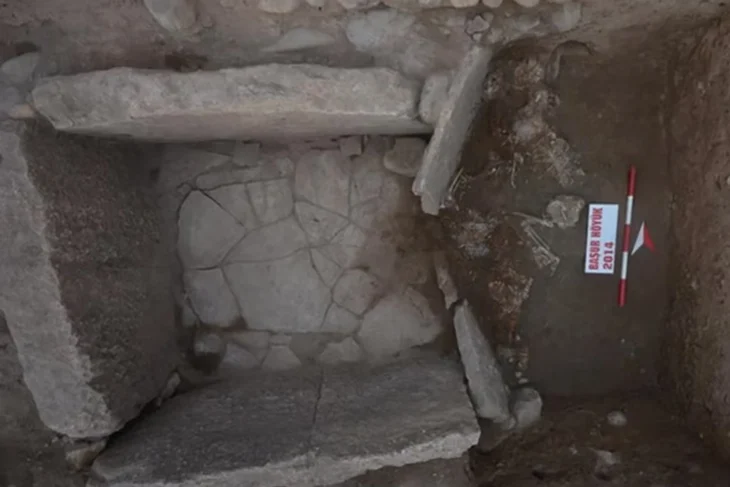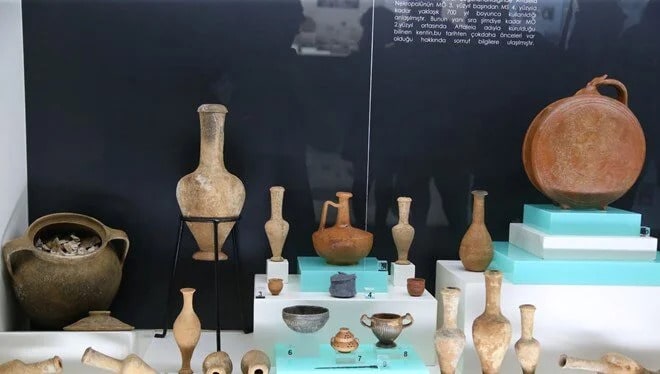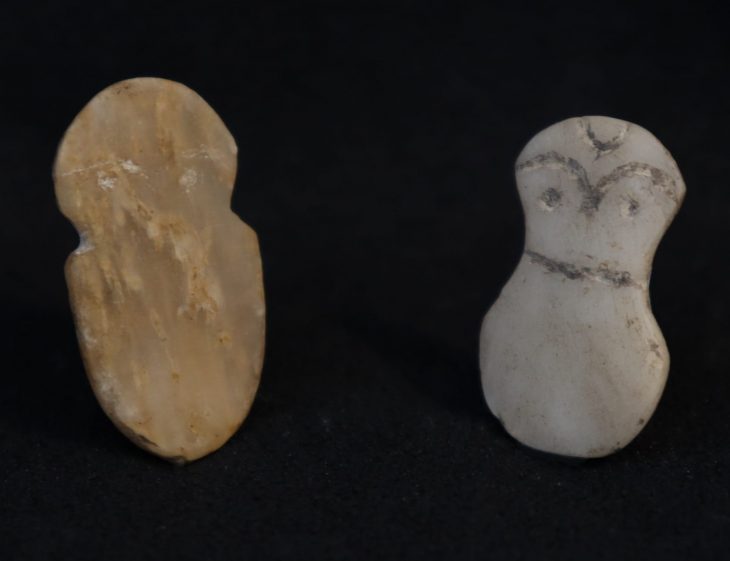Puduhepa is the daughter of a priest and at the same time a priestess who served for the goddess Ishtar. III. Hattusili Returning from the battle of Kadesh, he comes to the city of Lavazantiya in Kumanni to make his traditional sacrifice to his patron goddess Ishtar. Hattusili sees the goddess Ishtar in her dream and marries Puduhepa on his order.
Looking so far, Puduhepa is like the gift of the goddess Ishtar for Hattusili. Nothing else is known of Puduhepa’s family and background, except that her name was Hurrian for “the goddess Hepat has engendered.”
The Hurrians were Caucasian people who were dragged into Mesopotamia and Syria towards the end of the third millennium BC.
Hattusuli ruled the Hittites from about 1267 to 1237 B.C. At the same time, he must cope with a constant febrile illness. During his reign, Hattusili appears to have been on the verge of death several times. Puduhepa’s individual requests to various deities, pleading for Hattusili’s health, are recorded on prayer tablets.
Puduhepa is not only a good wife but also a knowledgeable diplomat. She seems to have married one of her sons to an Amurru princess and two other sons to Babylonian princesses.
When the arrangements for Ramesses’ marriage to Hattusili’s daughter were made, Ramesses wrote to Puduhepa, not the king: “The Great King, the king of the land of Hatti, has written to me thus: Let the people come and pour sweet-smelling oil on my daughter’s head and let her be taken to the house of the Great King, the king of Egypt, my brother.”
The pharaoh treats her in the manner of the familial manner to another, referring to Puduhepa as his “sister,” just as Hattusili is his brother.
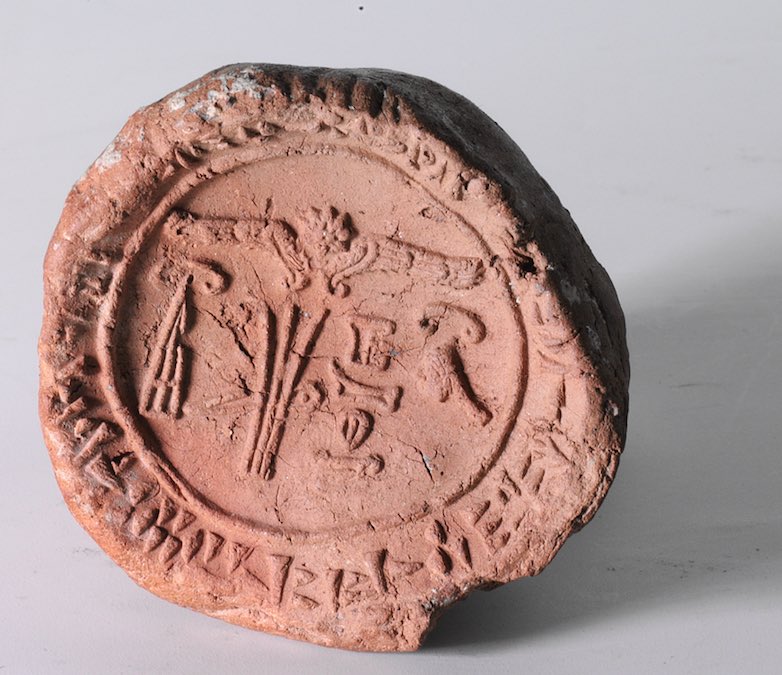
Puduhepa’s other correspondence is about troublesome city-states. She wrote a series of letters to Niqmaddu, king of Ugarit in Syria, chastising him for not paying his overlord, Hattusili, enough tribute. These letters, discovered in the Ugarit archives, also addressed Niqmaddu’s concerns about caravans passing through his territory.
Religious Roles
The royal family saw itself as inextricably linked to God. In certain ways, the Hittite queen was associated with the goddess who presided over the Hittite pantheon, much like the king was identified with the deity who presided over the pantheon.
Puduhepa continued the process of melting down Hittite gods like Arinna’s Sun Goddess and Hurrian gods like Hepat. It is seen that during her time, the Hurri gods added to the god pantheon in the Yazılıkaya increased their power.
The Queen Mother
Puduhepa became one of the most authoritative queens during the Hittite kingdom. Its effects can be seen in both political and religious written documents. It had a political influence on the small kingdoms of the Hitit state.
After her husband died (1237 BC.), The Queen continued her political activity as a mother. In 1936, a bulla, or seal-impressed clay, was discovered at Tarsus in southern Turkey. This seal belonged to Tudhaliya and dubbed the queen mother “Puduhepa, Great Queen, Queen of the Land of Hatti, beloved of Hepat.”

